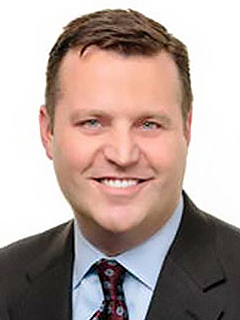Automotive Aftermarket Industry Update Q3 2025
Read more about M&A activity and trends in this sector

Share
Automotive Aftermarket Summary
Sector Commentary
- The U.S. automotive aftermarket continues to gain momentum through 2025 due in part to extended vehicle ownership trends. Economic headwinds such as tariffs, consumer debt, and insurance costs are prompting vehicle owners to retain vehicles longer, causing demand for maintenance and repair services to increase
- While new vehicle demand has grown in recent months, prevailing tariff policies are expected to reduce annual car and light truck sales to approximately 15.2 million units during 2025-2026, down from an average of 17.3 million units between 2015 and 20191
- ‘Underwater’ car loans are adding financial strain on consumers as many owners carry loan balances that exceed the market value of their cars, making trade-ins or upgrades difficult without assuming additional debt
- According to Edmunds, 27% of trade-ins in Q3 2025 involved vehicles with negative equity
- While the Fed’s recent 0.25% rate cut is expected to ease some pressure for auto borrowers, its immediate impact may be limited. Nonetheless, the adjustment will ultimately enhance buyer sentiment and encourage promotional financing activity during key sales periods. Still, elevated vehicle prices and inflationary pressures are expected to keep affordability constrained
- Furthermore, insurance-related costs are also influencing consumer decisions. Auto insurance premiums and claim expenses remain on an upward trajectory, with the national average cost of full-coverage insurance projected to rise by up to 7% by year-end2. The added cost pressure is encouraging vehicle owners to seek more cost-effective repair options
- The increasing complexity of vehicle technologies, a shortage of skilled technicians, and tariff-inflated auto parts prices are collectively driving up vehicle repair costs. Consequently, consumers are adopting a more selective approach to vehicle maintenance, deferring repairs where practical
- In response, service providers, particularly collision repair shops, are focusing on improving process efficiency and investing in technician training, calibration tools, and automation to mitigate these cost pressures
- Also, the increasing traction of the Right to Repair Act is proving beneficial, unlocking broader access to detailed service manuals, diagnostics, and telematics. The expanded access empowers service providers to perform complex repairs more effectively
- Despite these ongoing challenges, the aftermarket remains a favorable investment target area for private equity firms, particularly the collision repair space due to its non- discretionary nature. Emerging regional platforms continue to expand their footprints through smaller acquisitions
- Within the collision repair market, Direct Repair Program (DRP) oriented businesses, which offer steady volume due to insurer relationships, remain the primary acquisition focus for roll-ups. However, OEM-certified shops, which typically have premier reputations in their geographies and earn high margins, are also being targeted
Footnote:
1 Lang Marketing Projections
2 Insurify Car Insurance Report 2025
Industrial markets
KPMG Corporate Finance LLC’s investment bankers have extensive Industrial Markets transaction and industry experience, which enables them to understand the industry- specific issues and challenges facing our clients.
Download the document
Meet our team
In today’s market, you need an advisor with objective insight at every step of the transaction process. We work with you throughout the full deal cycle to create value and successfully execute your deal strategy.

Ford Phillips
Managing Director, KPMG Corporate Finance LLC